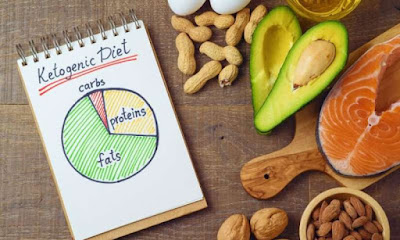Posts
This 23 Year Old Woman Was Dangerously Obese – Until Three Choices Saw Her Lose Over 400 Pounds
- Get link
- X
- Other Apps
What has been your experience with the ketogenic diet?
- Get link
- X
- Other Apps
11 Proven Ways to Lose Weight Without Diet or Exercise
- Get link
- X
- Other Apps
Lose Weight | Lose Belly Fat | How To Lose Belly Fat
- Get link
- X
- Other Apps






